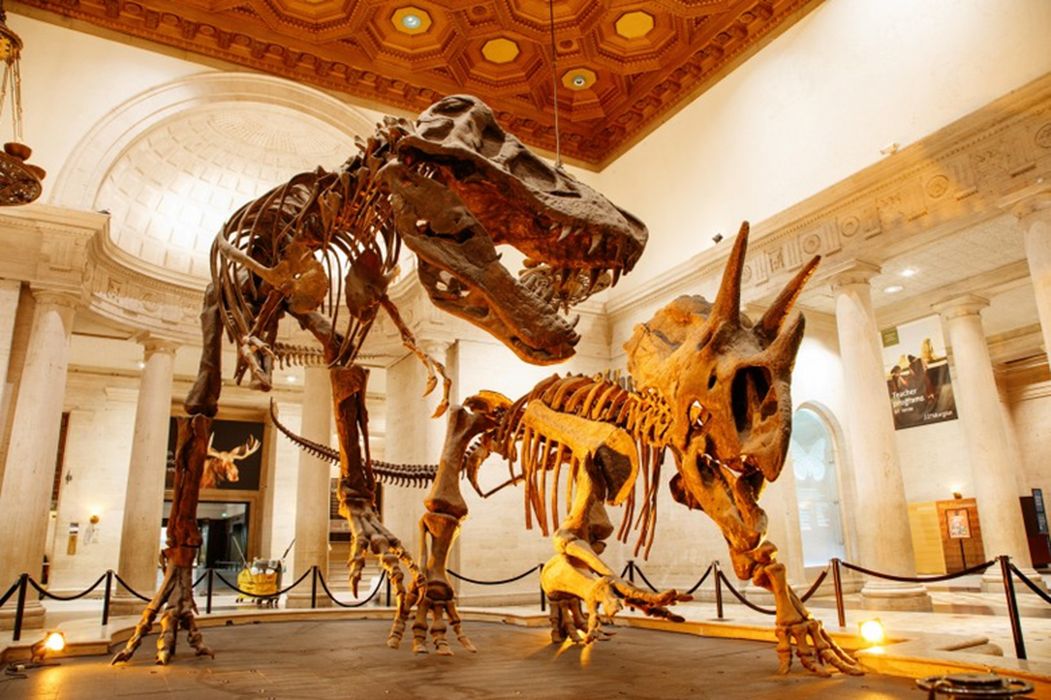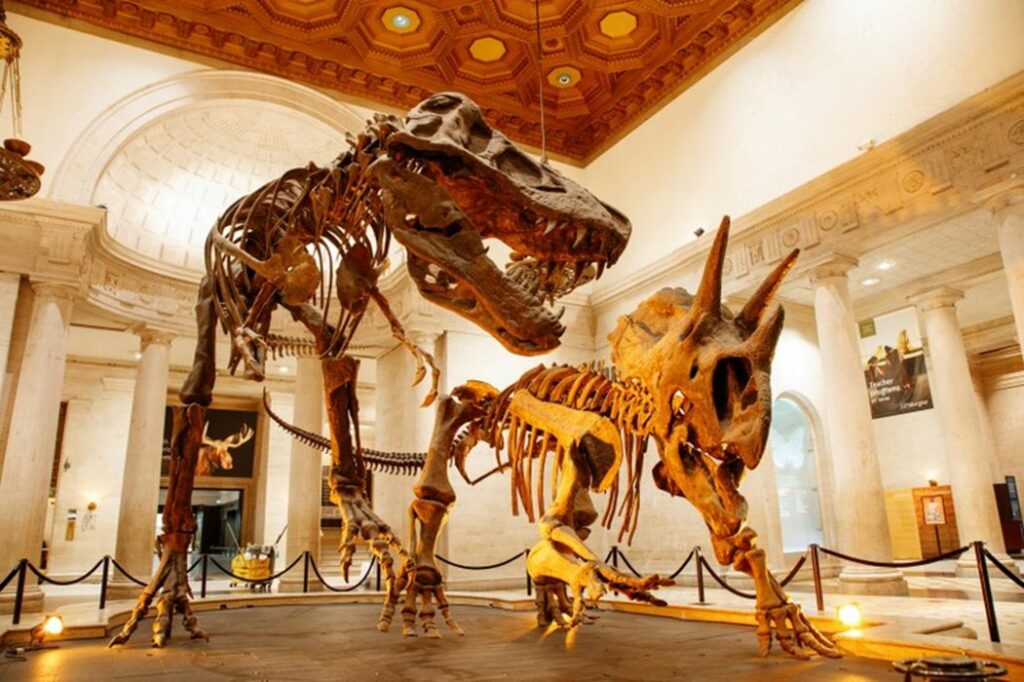
Charles R. Goulding provides thoughts on the relationship between 3D technology and dinosaurs.
Dinosaurs are very popular, especially since the Jurassic Park movie franchise catapulted them to movie stardom. Museums that house giant fossils are also quite popular.
There are many ways 3D printing can be a part of the dinosaur trend. For instance, rather than using plaster and pickaxes, paleontologists are now digitizing ancient fossils. In fact, researchers at Drexel University have been creating 3D scans of giant dinosaur bones and building scale models of complete skeletons for further studies for several years now. The 3D process for this works by extruding very thin layers of resin, or other materials, to slowly build the object. The scans create digital models while the fossils are created by 3D printing.
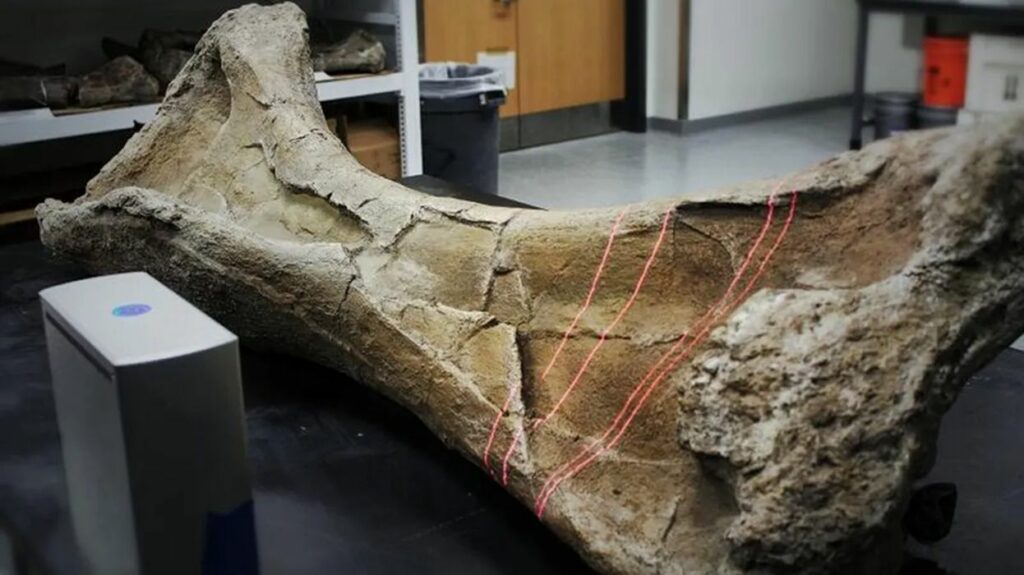
3D printing can also help create replicas or miniature renderings of dinosaur body parts as featured below. This can be particularly helpful for school-age children to learn about these ancient creatures and how they once roamed the Earth. Or, of course, for paleontologists to theorize what our world was like millions of years ago.
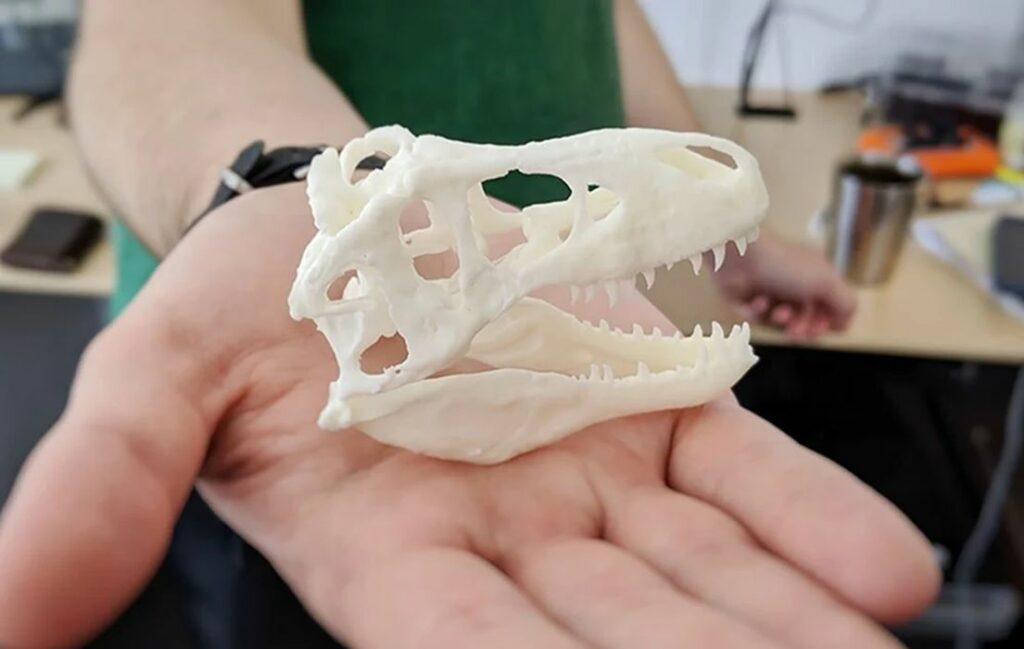
Toys are another vertical in which 3D printing can help dinosaur themes take off. The variety of materials and resins available for today’s 3D printers makes creating dinosaur toys much easier.
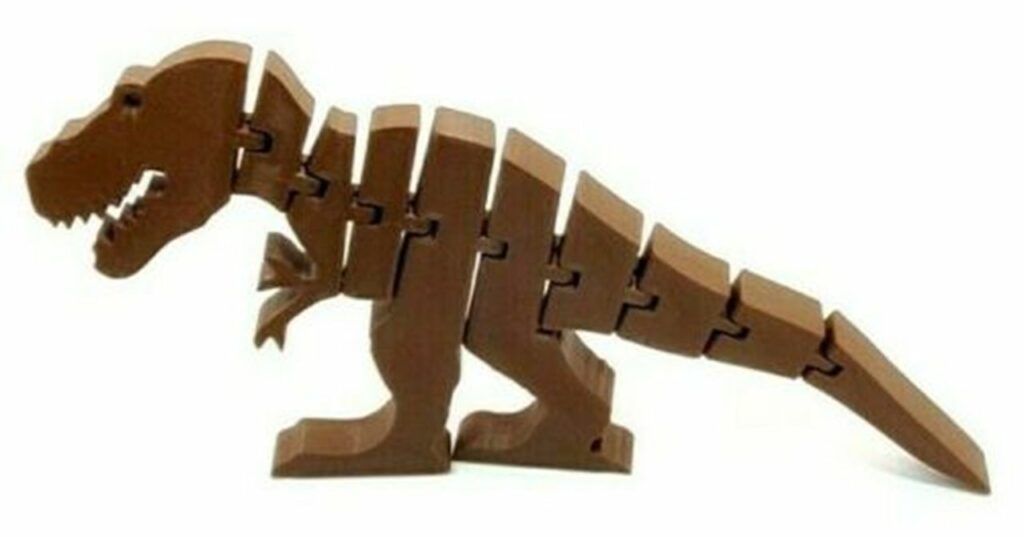
Whether Mattel produces the dinosaur toys, or from a DIY, at-home project, 3D printing dinosaur toys allows them to be complex in design yet flexible and lightweight for easy use.
The Research & Development Tax Credit
The now permanent Research and Development (R&D) Tax Credit is available for companies developing new or improved products, processes and/or software.
3D printing can help boost a company’s R&D Tax Credits. Wages for technical employees creating, testing and revising 3D printed prototypes can be included as a percentage of eligible time spent for the R&D Tax Credit. Similarly, when used as a method of improving a process, time spent integrating 3D printing hardware and software counts as an eligible activity. Lastly, when used for modeling and preproduction, the costs of filaments consumed during the development process may also be recovered.
Whether it is used for creating and testing prototypes or for final production, 3D printing is a great indicator that R&D Credit eligible activities are taking place. Companies implementing this technology at any point should consider taking advantage of R&D Tax Credits.
Conclusion
Dinosaurs are often objects of fantasy but they were once very real. 3D printing is a fun and effective way to help people learn more as well as digitally preserve the fossils for posterity.

